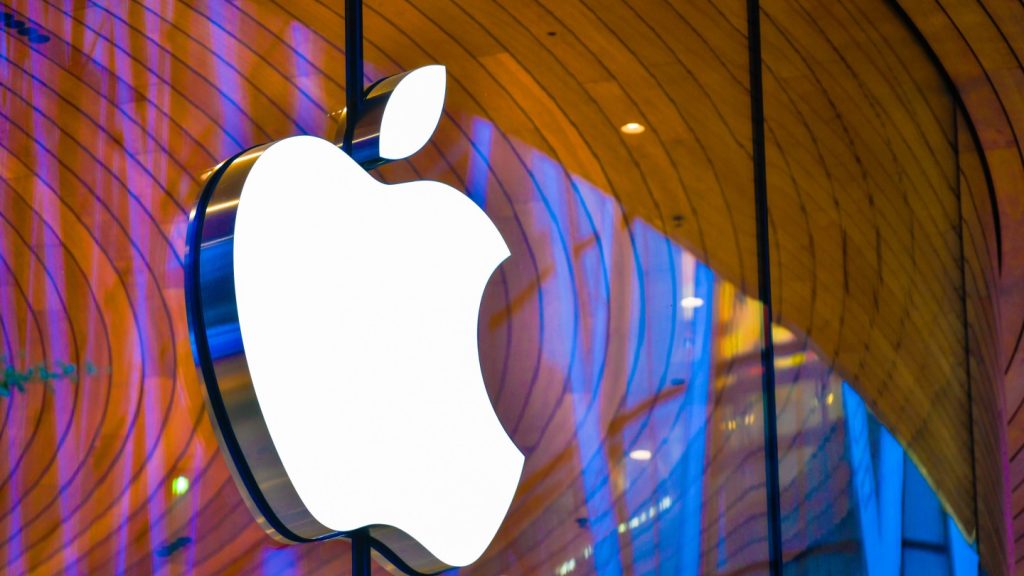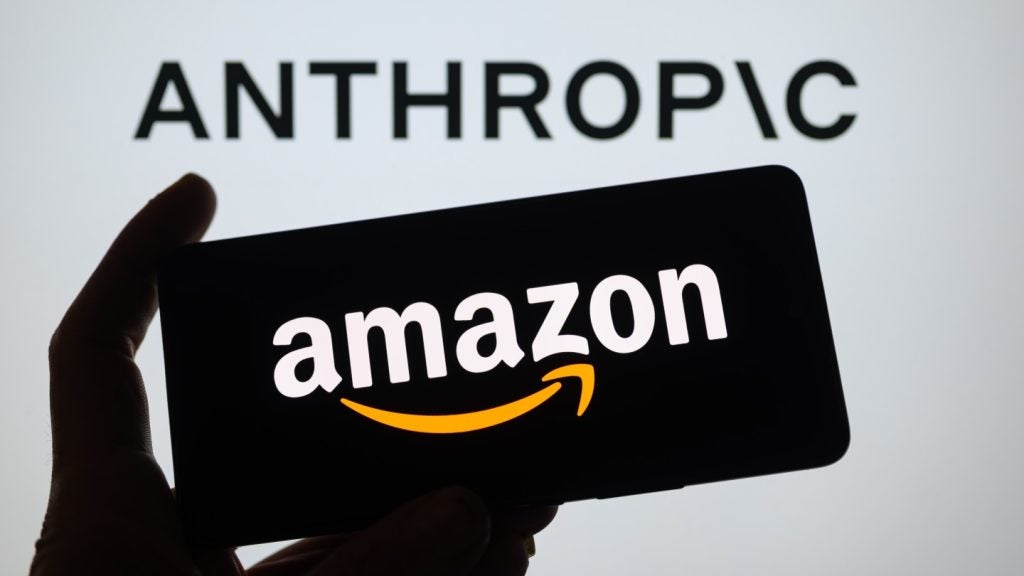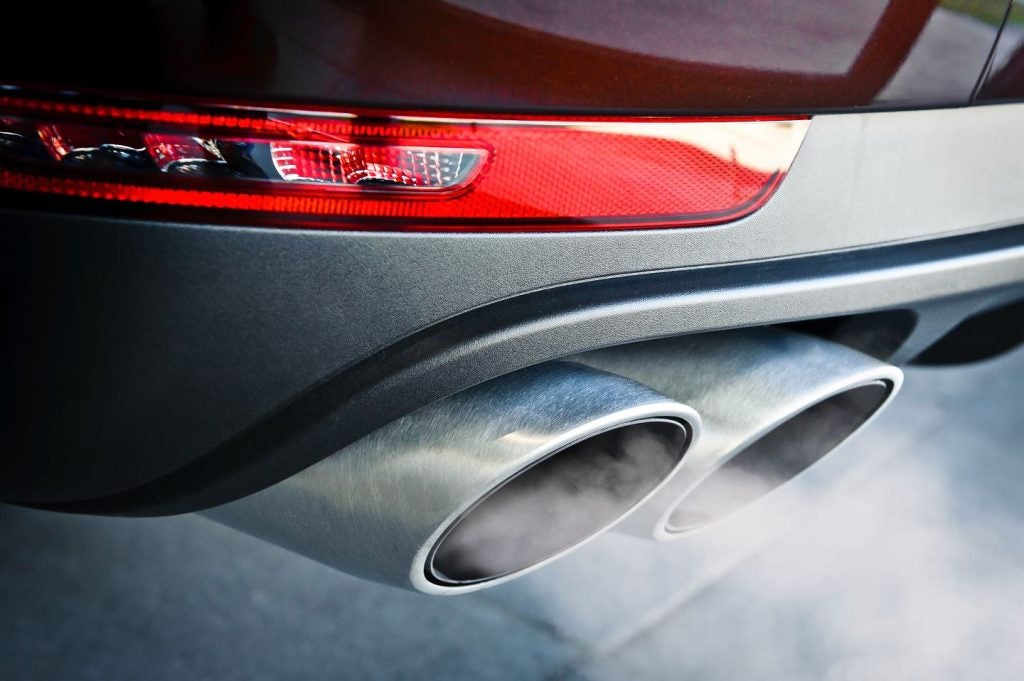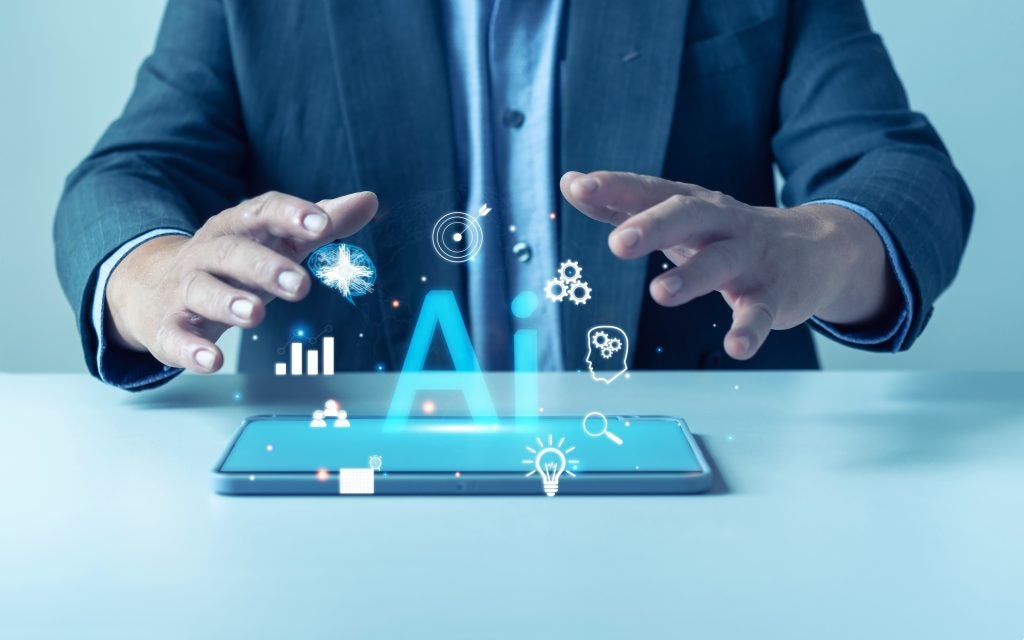The technology industry continues to be a hotbed of patent innovation. Activity is driven by the increasing demand for personalized and continuous healthcare solutions, as well as advancements in wearable technology and healthcare IoT platforms, and growing importance of technologies such as wearable sensors for data collection, wireless connectivity for seamless data transmission, and cloud-based platforms for data storage and analysis, collectively driving advancements in physiological monitoring within the Internet of Things (IoT) landscape. In the last three years alone, there have been over 1.5 million patents filed and granted in the technology industry, according to GlobalData’s report on Internet of Things in technology: physiological monitoring. Buy the report here.
However, not all innovations are equal and nor do they follow a constant upward trend. Instead, their evolution takes the form of an S-shaped curve that reflects their typical lifecycle from early emergence to accelerating adoption, before finally stabilizing and reaching maturity.
Identifying where a particular innovation is on this journey, especially those that are in the emerging and accelerating stages, is essential for understanding their current level of adoption and the likely future trajectory and impact they will have.
185+ innovations will shape the technology industry
According to GlobalData’s Technology Foresights, which plots the S-curve for the technology industry using innovation intensity models built on over 1.6 million patents, there are 185+ innovation areas that will shape the future of the industry.
Within the emerging innovation stage, predictive collision detection, real-time fault monitoring and smart inspection are disruptive technologies that are in the early stages of application and should be tracked closely. D2D communication, low-power NFC and fog computing are some of the accelerating innovation areas, where adoption has been steadily increasing. Among maturing innovation areas is NFC broadcasting, which is now well established in the industry.
Innovation S-curve for Internet of Things in the technology industry
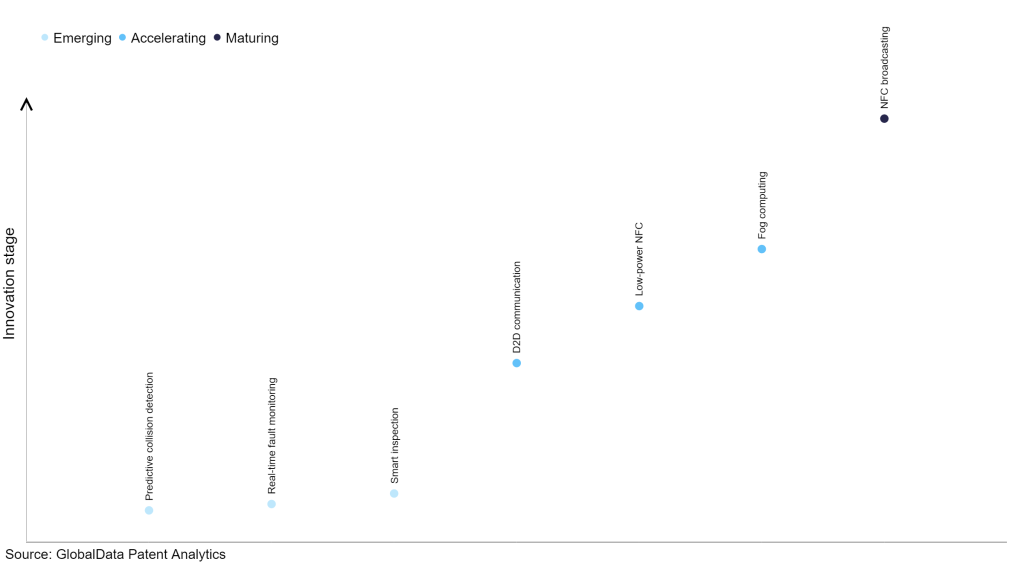
Physiological monitoring is a key innovation area in Internet of Things
Physiological monitoring involves gathering and assessing information about an individual's physical condition and bodily functions. It encompasses overseeing various physiological indicators such as heart rate, blood pressure, temperature, and respiratory rate, among others. Such data is typically acquired through medical instruments and sensors and scrutinized to offer valuable insights into an individual's health and overall wellness.
GlobalData’s analysis also uncovers the companies at the forefront of each innovation area and assesses the potential reach and impact of their patenting activity across different applications and geographies. According to GlobalData, there are 1,340+ companies, spanning technology vendors, established technology companies, and up-and-coming start-ups engaged in the development and application of physiological monitoring.
Key players in physiological monitoring – a disruptive innovation in the technology industry
‘Application diversity’ measures the number of applications identified for each patent. It broadly splits companies into either ‘niche’ or ‘diversified’ innovators.
‘Geographic reach’ refers to the number of countries each patent is registered in. It reflects the breadth of geographic application intended, ranging from ‘global’ to ‘local’.
Patent volumes related to physiological monitoring
Source: GlobalData Patent Analytics
Among the companies innovating in physiological monitoring, Koninklijke Philips is one of the leading patents filers. The company’s patent is focused on technique and its corresponding system for overseeing patients by considering their activity level and body position. The patient's activity level and/or posture are gauged, along with the measurement of one or more vital signs according to a specified timetable. Depending on the assessed activity level and/or posture of the patient and the recorded vital signs, the timetable is modified, and any signs of patient deterioration are tracked. Other prominent patent filers in the space include Medtronic and Samsung Group.
In terms of application diversity, Koninklijke Philips leads the pack, while Omron and Medtronic stood in the second and third positions, respectively. By means of geographical reach, Liminal Sciences leads the pack, followed by Kheiron Medical Technologies and Omron.
Physiological monitoring in IoT holds significant importance as it allows for continuous, real-time tracking of vital health indicators, enabling timely interventions and personalized healthcare. The technology revolutionizes healthcare delivery by providing valuable data insights, facilitating remote patient monitoring, and ultimately improving overall health outcomes.
To further understand the key themes and technologies disrupting the technology industry, access GlobalData’s latest thematic research report on Internet of Things.
Data Insights
From

The gold standard of business intelligence.
Blending expert knowledge with cutting-edge technology, GlobalData’s unrivalled proprietary data will enable you to decode what’s happening in your market. You can make better informed decisions and gain a future-proof advantage over your competitors.



